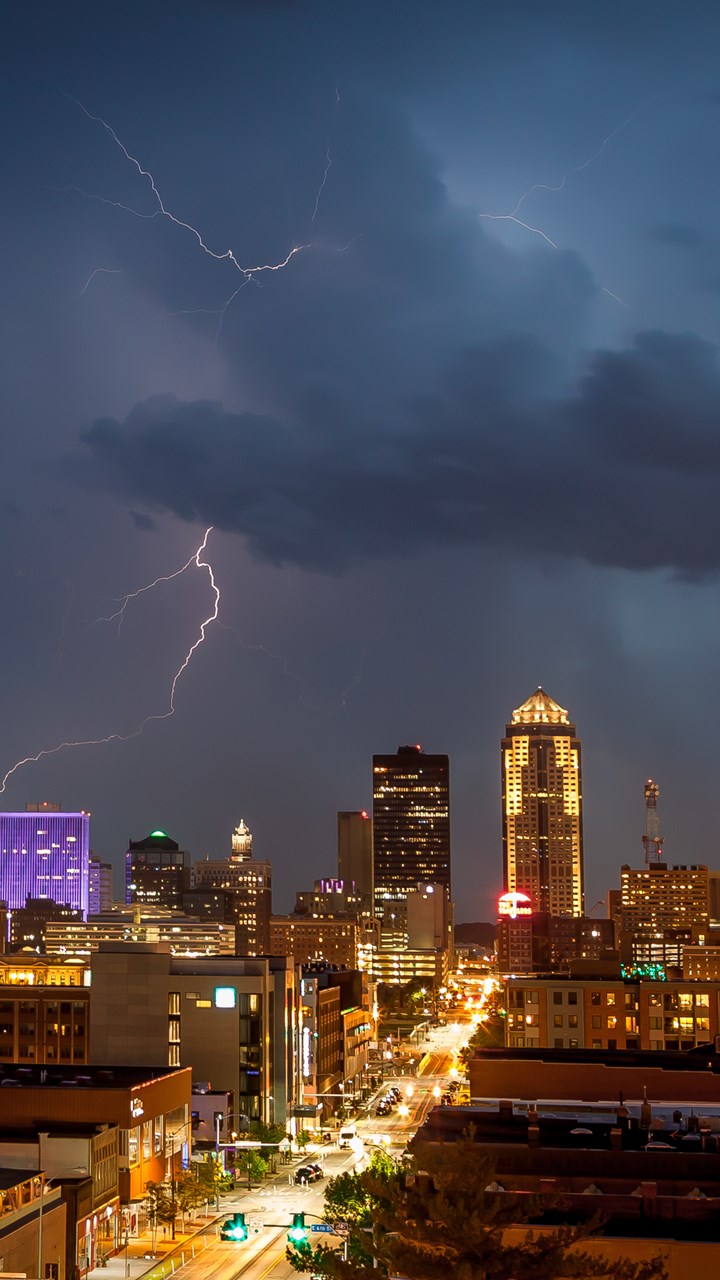- Be Informed
- 911
- Agriculture and Farm Operations
- Air Travelers
- Biological Threats
- Blizzards
- Bomb Threats
- Bus Travelers
- Business Community
- Carbon Monoxide
- Chemical Threats
- Clean Air
- Coping with Emergencies
- Cyber Attacks
- Donations
- Evacuation
- Extreme Cold
- Extreme Heat
- Financial Institutions
- Fires
- Flood Insurance Program
- Flooding
- Flooding - Living Behind a Levee
- Forms of Communication
- General Aviation
- Hail
- High-Rise Buildings
- Hobby Shops
- Home Safety
- Hotels and Motels
- Household Chemicals
- In a Moving Car
- Influenza Pandemics
- Multi-Family Dwellings
- Nuclear Threats
- Power Outages
- Radiation Threats
- Retail Stores
- Shelter In Place
- Storage and Warehouse Facilities
- Suspicious Packages
- Terrorism
- Thunderstorms
- Tornados
- Utilities
- Warning Sirens
- Winter Driving
- Winter Weather
- Be Informed
- 911
- Agriculture and Farm Operations
- Air Travelers
- Biological Threats
- Blizzards
- Bomb Threats
- Bus Travelers
- Business Community
- Carbon Monoxide
- Chemical Threats
- Clean Air
- Coping with Emergencies
- Cyber Attacks
- Donations
- Evacuation
- Extreme Cold
- Extreme Heat
- Financial Institutions
- Fires
- Flood Insurance Program
- Flooding
- Flooding - Living Behind a Levee
- Forms of Communication
- General Aviation
- Hail
- High-Rise Buildings
- Hobby Shops
- Home Safety
- Hotels and Motels
- Household Chemicals
- In a Moving Car
- Influenza Pandemics
- Multi-Family Dwellings
- Nuclear Threats
- Power Outages
- Radiation Threats
- Retail Stores
- Shelter In Place
- Storage and Warehouse Facilities
- Suspicious Packages
- Terrorism
- Thunderstorms
- Tornados
- Utilities
- Warning Sirens
- Winter Driving
- Winter Weather
Carbon Monoxide


Dangerous levels of carbon monoxide — a colorless and odorless gas — can be produced from improperly vented furnaces, plugged or cracked chimneys, water heaters, fireplaces, stoves, and tail pipes. Any vehicle or appliance that burns fuel may emit carbon monoxide.
Hundreds of people die from carbon monoxide poisoning every year, and thousands of others suffer dizziness, severe headache, and nausea.
Symptoms of Carbon Monoxide Poisoning
People with carbon monoxide poisoning often report feeling sick and have feelings of malaise which continue to worsen. The most common symptom of carbon monoxide poisoning is headache. However, symptoms may also include dizziness, chest pain, nausea, and vomiting. In severe cases, people can become increasingly irritable, agitated and confused, eventually becoming lethargic and lapsing into unconsciousness. Everyone is at risk, however, people with low red blood cell counts, heart or respiratory ailments as well as infants are at higher risk.
If You Suspect Carbon Monoxide Poisoning
- Leave your home
- Call 911
- Get any victims to fresh air immediately
- Open windows
- Call your local utility
Tips for Preventing Carbon Monoxide Poisoning
- Install a carbon monoxide detector in your home and check it regularly to make sure the battery is working.
- Make sure your heating system is kept clean and properly vented; have worn or defective parts replaced.
- Have your fireplace, chimney, and flue cleaned every year to remove soot deposits, leaves, etc.
- Don't heat your home with a gas stove or oven.
- Do not use any gas-powered appliance, such as a generator, indoors.
- Never use a charcoal grill or a hibachi indoors.
- Automobile exhaust contains carbon monoxide. Open your garage door before starting your car and do not leave the motor running in an enclosed area. Clear exhaust pipes before starting a car or truck after it snows.
